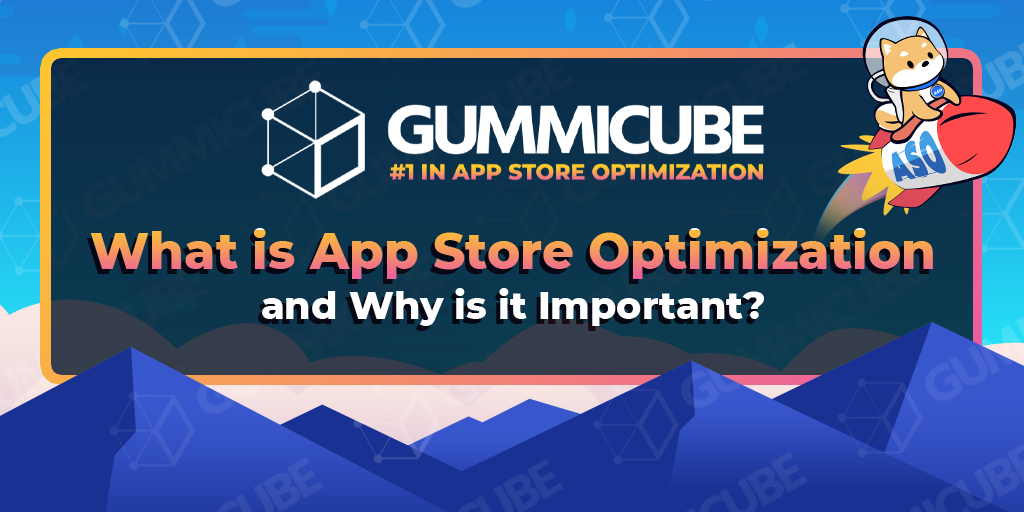App Store Optimization (ASO) is important for app developers to gain keyword visibility, downloads and retention on the Apple App Store and Google Play Store.…
Comments closedCategory: General
The singleton design pattern has its place in the desktop environment where there will be only one user running the application, and when that user quits the app the singleton is destroyed. This doesn’t fit the requirements of a multi-user environment such as the web where many users will be accessing the application at once. I recently came across this issue when porting a desktop app to the web which required me to design a singleton class that is session sensitive. Here’s a walk through of how I achieved my goal. Please note that scopes are particularly important when creating this class.
Comments closedUPDATE 2024: Beginning with Xojo 2024r1, new and existing Xojo Lite licenses are version control ready. Plus, use Xojo’s free IDE to build Linux desktop and console apps without a license. Learn More
Xojo is an easy-to-use Integrated Development Environment (IDE) and programming language that allows you to create and deploy all kinds of native apps and solutions on Desktop (Windows, macOS, Linux), Web, iOS and Raspberry Pi with Android on the horizon.
We often get questions from newcomers about how Xojo licenses work and what license options available. Read on to learn what Xojo license is right for your needs. At the end, if you still aren’t sure what license is right for you, you can get in touch with us and we’ll help you get what you need.
Comments closedWhile we all hope that the current pandemic will soon pass, it is prudent that we prepare for the possibility that it will not. That…
Comments closedIt has been tradition in software development for a new version of an app to go through a number of stages. Typically this starts with…
Comments closedIn the newest version of the MBS Xojo Plugin 10.0 we offer functions for the use of JavaScript in your Xojo solutions. If you have a problem that you want to solve, you don’t have to reinvent the wheel again and again.
Comments closedThere’s a new programming font that was just released and since I like to look at programming fonts, I thought I’d give this one a try with Xojo.
Comments closedIn a desktop Canvas control you have two ways to handle a right mouse button press.
Comments closedThere are questions that I consider as recurring among the ones I receive, a common one is about finding Xojo projects to work on and how to connect with other Xojo developers. If you are interested … I’d like to share my experience with you.
Comments closedIn this release we have reverted the changes we made to event names in 2019r2. We did this because for developers of add-ons to Xojo,…
Comments closed
